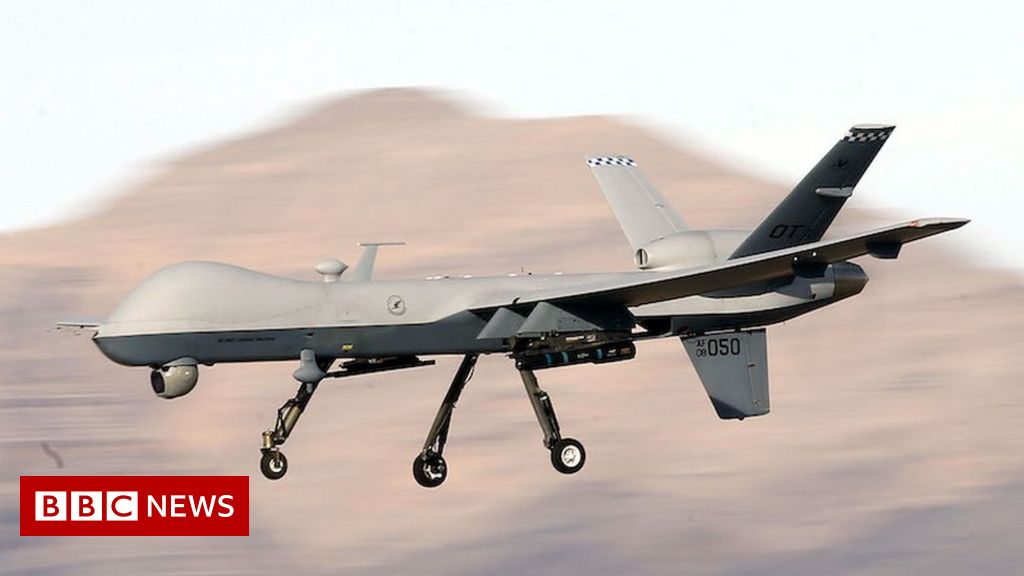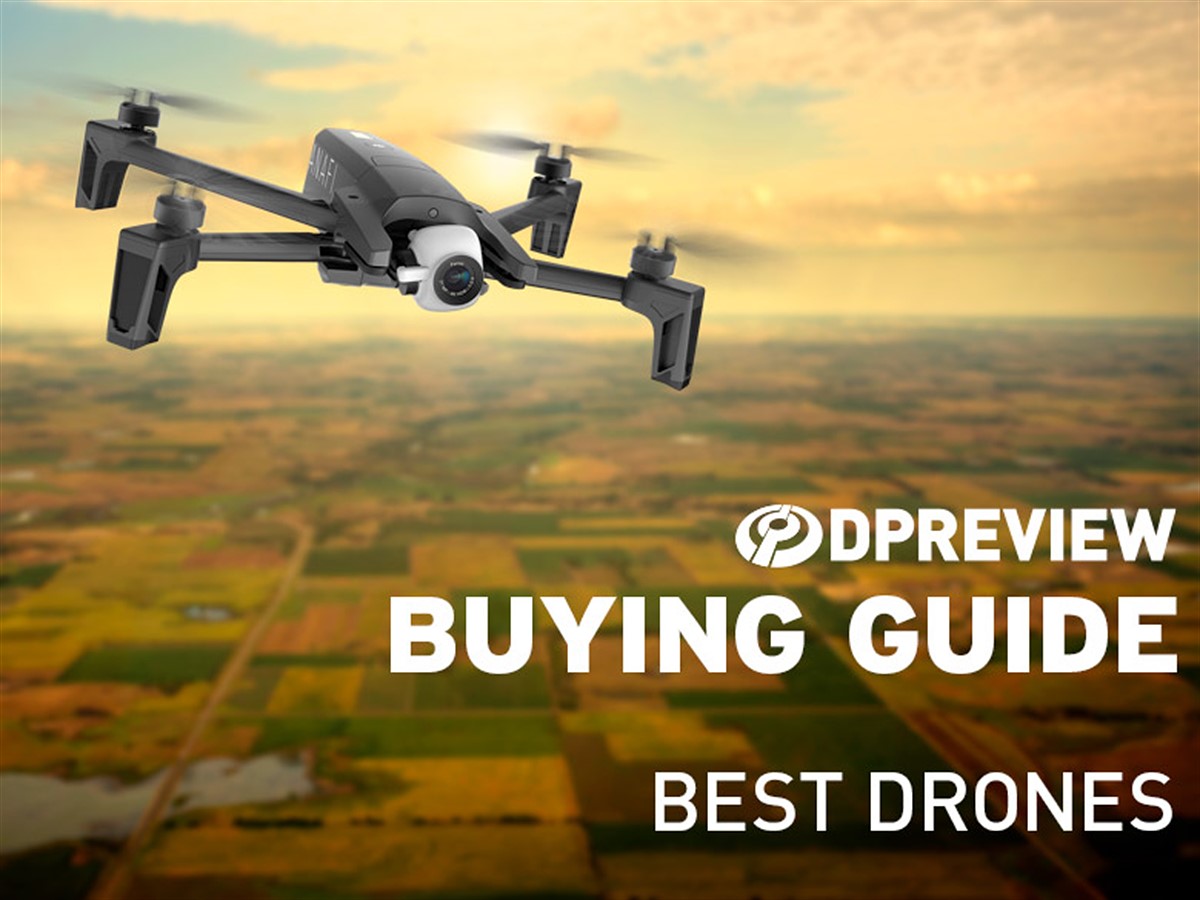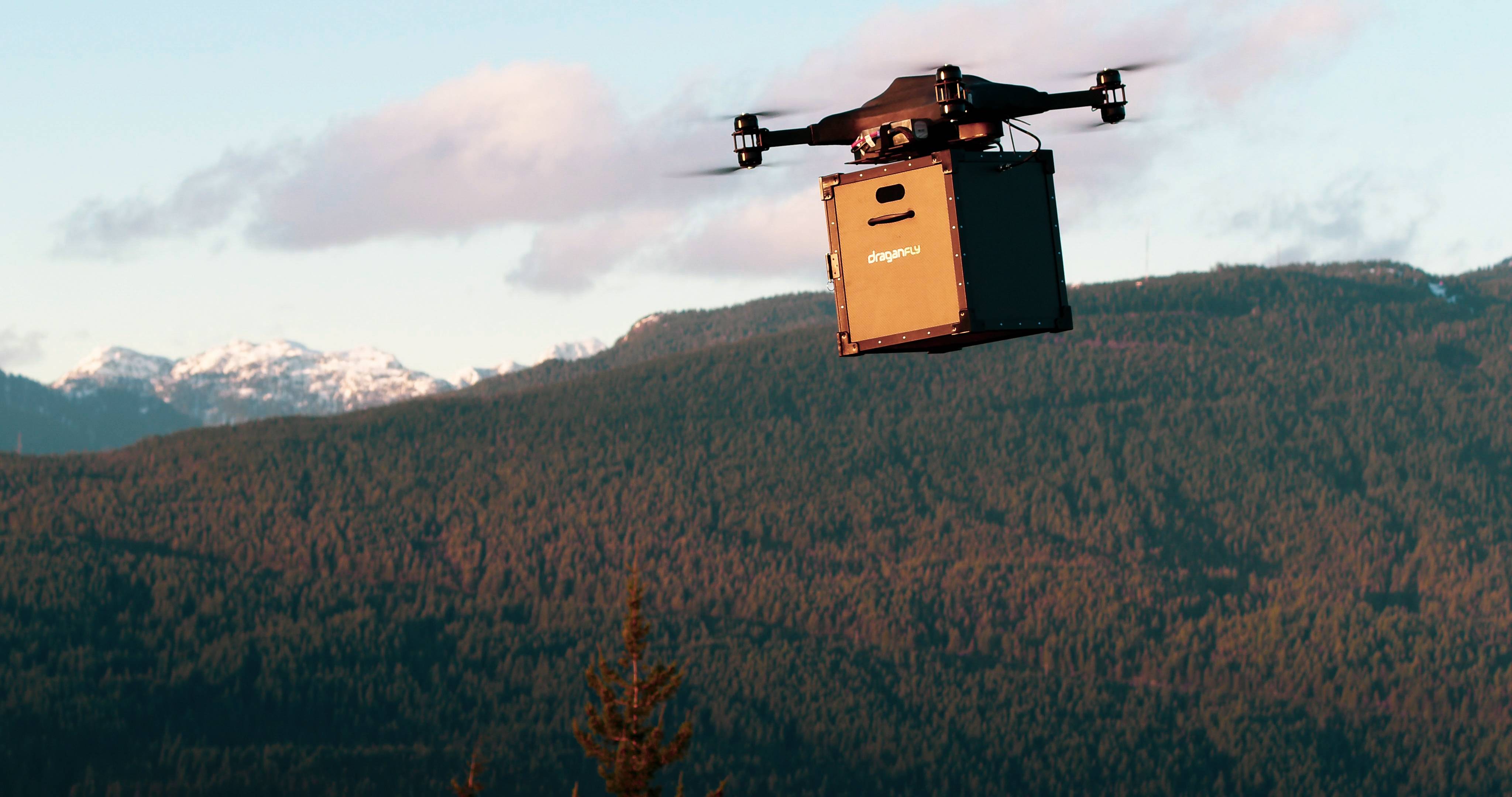
The DJI Mavic Mini 2 is an affordable, lightweight recreational drone. It can fly up 6 miles (9.6 kilometers), and lasts 30 minutes. The drone can record 4K video in HD and send it back to its pilot. It will also return to its takeoff location and folds up to fit in the palm of your hand. The drone is lightweight at less than 250 grams (8 oz), and folds flat. The Mavic Mini 2 comes available in four colors.
DJI's new drone
DJI created the Mavic Mini as their first drone. The Mavic Mini's flight time is now 31 minutes. It also records 4K video. The drone can withstand winds upto level five and weighs only 2100 and 40 grams. It has three modes of flight, including P mode, CineSmooth, and Sport. The name of the mode is Sport. It allows you to take high-speed video. This mode can produce blurry video and reduce certain flight features.
This aircraft has a faster flight speed
You might consider buying the new drone if you want a drone with better flight speeds than the Mavic Mini. This drone has a higher maximum speed than its predecessor, which is 46.6 km/h. Its increased speed allows it to cover more ground and take better pictures. This feature allows for you to capture greater footage in a shorter time while saving precious minutes. But, this isn't all that makes the Mavic Air different from the Mavic Mini. Here are some pros and cons of each drone.

Can you get a better camera
There are some key differences between the DJI Mavic Mini 2 as well as the Mavic Air 2 models. The drones are both excellent in terms of picture quality. However, the Mavic Mini 2 offers a few more features that make it an even better camera drone. QuickTransfer technology makes it easy to transfer photos and videos from the Mini 2 to your smartphone. Trimmed download is another feature of the Mavic Mini 2. This allows you to reduce a video so that its pixel density does not become blurred.
RAW files support
If you are looking for a drone with high-quality images, the Mavic Mini 2 might be the best choice. It can capture images in RAW format and also supports DNG, JPEG, and other formats. This is a major advantage for photographers. This is a huge advantage for photographers. But, for everyday people who don’t have much space, JPEG will work fine.
Has a 3-axis gimbal
A 3-axis gimba (or gimbal) has been added to Mavic mini 2. This feature stabilizes the camera during movement on three axes, making the footage smoother and more stable. It's becoming increasingly common for both mid-range drones (and higher-end models). This feature allows you to capture cinematic footage and eliminates side-to-side motion caused by shaking the drone's head.

A good drone for beginners
Parrot Anafi, a budget model that can be used to start aerial photography, is an option for beginners. This drone is easy to fold and provides the same basic controls and features as more expensive models. These drones are affordable, with prices ranging from $50 to $250. However, you will soon grow out of the basic features these drones offer. Therefore it is important to carefully select one.
FAQ
What law applies to drones that fly over private property?
Recently, the FAA released new rules for commercial drone operations. These rules are only applicable to UAVs that weigh less than 55 pounds and fly below 400 feet above ground. Commercial operators must register at the FAA and apply for a license. Local authorities must also approve them if they are operating near airports or in other restricted areas.
Traveling with a Drone?
Drones are becoming more popular, both for personal and business purposes. They are used for video, filming aerial mapping, search &rescue, and many other purposes. The FAA has recently approved several new drone regulations, which include requirements for registration, licensing, pilot training, and insurance. These changes will ensure that drones continue to be safe for all.
Are Drones Banned Where?
The FAA prohibits drones from flying within close proximity to airports, stadiums and sporting events, as well as nuclear power plants, hospitals and prisons. They do allow drones to fly at night with GPS technology.
Can I fly my drone at my local park?
Yes, you can fly drones in parks throughout the world. Due to safety concerns, certain countries don't allow you to fly drones in parks. Our list contains places where drones are legal to fly for enjoyment.
Is it possible to fly my drone in my backyard?
Yes! These are called UAVs, or unmanned aerial vehicles. There are many options for drones, from small quadcopters to larger fixed-wing aircraft. The FAA recently released new rules for commercial UAV use, meaning that they are now legal to fly for business purposes. Be aware that UAVs operating near airports could cause interference to air traffic control systems. You must get permission from the authorities before you can fly one.
Can my drone be flown indoors?
Yes, your drone can be flown indoors. It is important to make sure there are no hazards or obstacles in your home. Avoid flying near heating vents, heating vents and air conditioning units.
How can I keep drones off my property?
Drones are becoming more common for home surveillance. However they can also be a threat to privacy or security. You can prevent drone attacks by installing motion sensors around your home and using them to detect any unauthorised flying objects.
Statistics
- With the top 10% making over $100/h and the bottom 10% making as low as $10/h. (dronesgator.com)
- According to the multiple listing service (MLS), houses and apartments with drone photographs are up to 68 percent more likely to sell than those without pictures. (thedroneu.com)
- According to industry research from ZipRecruiter , there are 10 cities where the typical salary for a Drone Pilot job is above the national average. (dronesgator.com)
External Links
How To
How to Fly Drones at a Beginning Level
A drone is a remote-controlled aircraft used for aerial photography, cinematography, surveillance, scientific research, and hobby purposes. Drones have been in use since World War II. DJI's Phantom series quadcopters were first commercially available in 2010. There have been many drones made since then. These range from beginner-friendly drones like Parrot AR Drone 2.0 to more advanced multi-rotor craft like DJI Mavic Pro.
There are many options for flying a drone.
-
Remote control – This technique uses a control device attached directly to your hands that allows you steer the drone around its flight path. There are two main types for controllers: Joysticks or On/Off switches, which can be used to control the drone's flight path.
-
Manual Control - Using a smartphone app, this method allows users to remotely operate the drone via GPS coordinates. You must keep track of the location where you want the drone to go and follow the instructions from the app.
-
Autonomous flight - The drone takes over the piloting duties. It is basically flying autonomously and without human intervention. It must have a builtin camera, sensors capable of taking images and data to enable autonomous flight.
-
Triggered Flight - This method is similar to manual control, except the pilot manually sets up a preprogrammed route, and the drone follows that route until it reaches the endpoint. After the preprogrammed route is complete, the drone will automatically land and return to its base.
-
Landing Gear - Some drones come equipped with landing gear that allows them to land safely if they lose power or run out of battery during flight.
-
Goggles: Some pilots use goggles in order to protect themselves against debris when operating.
-
Camera - Certain drones come with cameras that allow you to take photos and videos from high above.
-
Obstacles-Some drones come with obstacle avoidance devices that keep them from hitting obstructions.
-
Speed - Some drones reach speeds exceeding 40 mph.
-
Battery Life - Most drones are capable of lasting between 20 minutes and three hours, depending on the power that you use.
-
Distance - Some drones can travel up 30 miles depending on the model.
-
Power source - Some drones need an external power source, while others use internal batteries.
-
Weight - Some drones are lighter than others, while some models can weigh as much as 4 pounds.
-
Size - The size of drones varies from small, easily carried devices to more substantial crafts that weigh in excess of 50 pounds.
-
Price - High-end drones can go for thousands of dollars, while low-cost models start at $100.